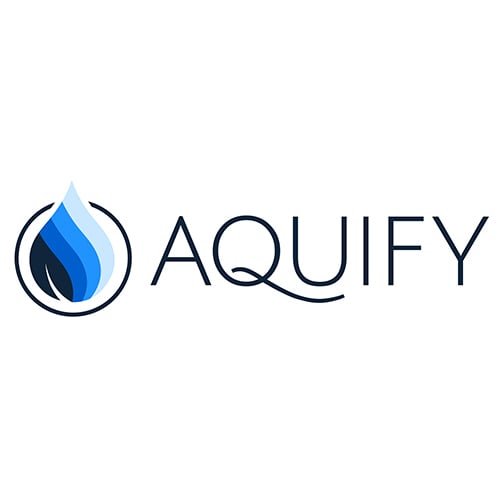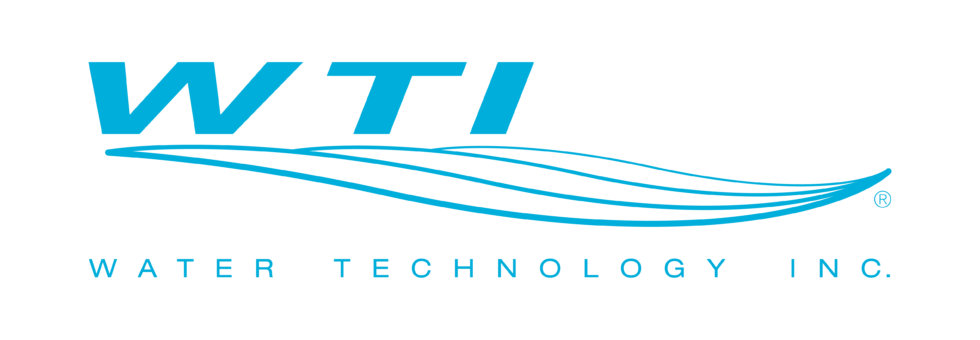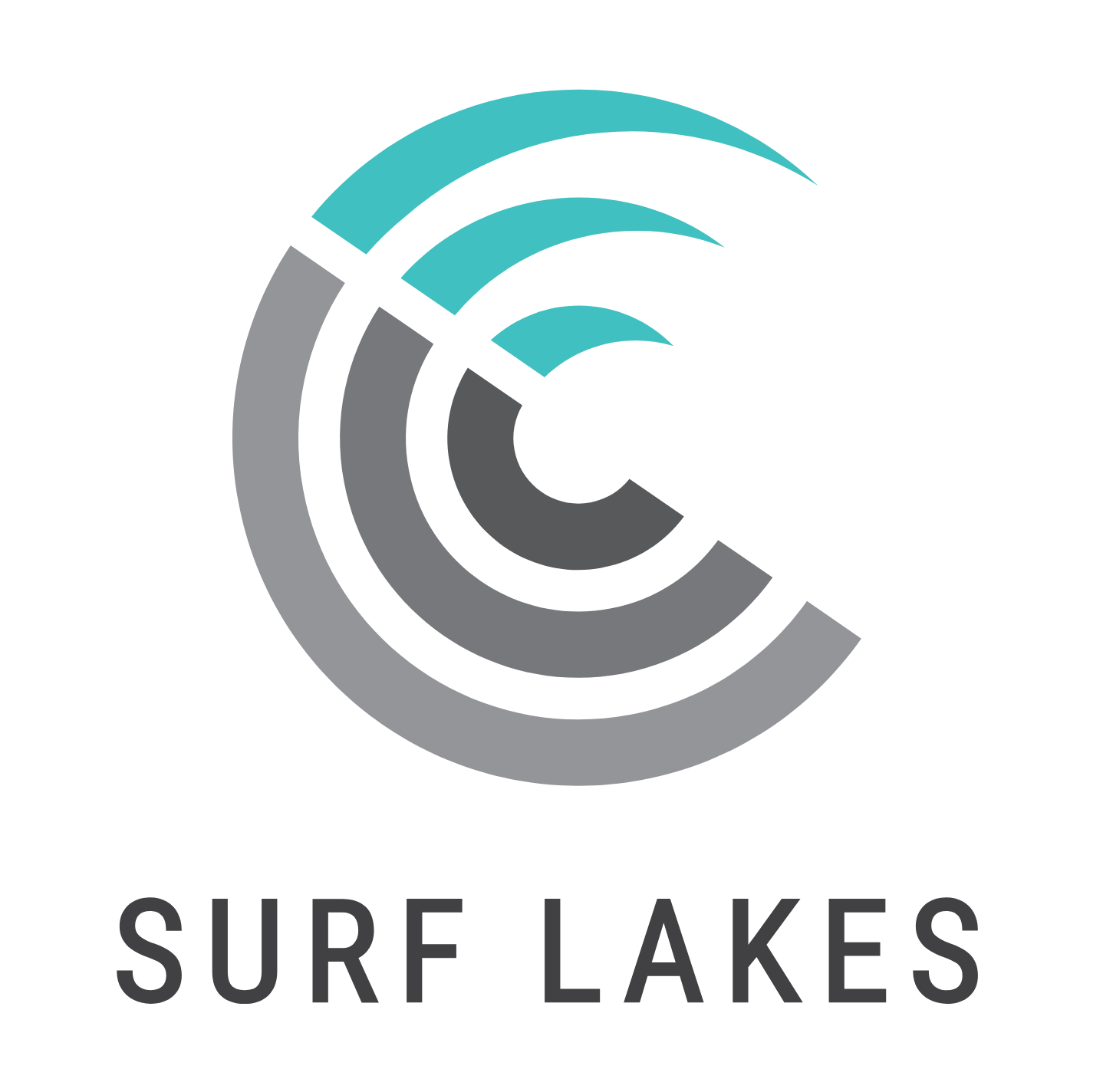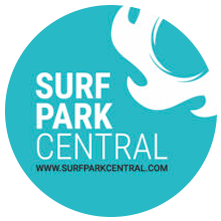Guest post from Hotel & Leisure Advisors
By Stephen Szczygiel, CHIA
Summary
The popularity of surfing has grown significantly in recent years, especially in the United States. According to a study published by the Sports & Fitness Industry Association (SFIA), the number of surfers has increased by more than 35% in less than a decade. The survey also found that surfers live all across the country, even in landlocked states far from the coasts.
One reason for the sport’s rise in participation is its new Olympic status. Following surfing’s debut appearance at the 2020 Summer Olympics (which took place in 2021 due to the COVID-19 pandemic), the International Olympic Committee approved its bid for the 2024 Olympic games in Paris as well as the 2028 Summer Games in Los Angeles. This permanent inclusion in the Olympic program all but guarantees that the sport will receive more funding and greater exposure that is sure to fuel the growth of surfing participation and spectatorship well into the future.
Rise of Surf Parks
Not all surfing, however, is done in the ocean. The rise of man-made wave pools has generated additional interest in the sport by making it more accessible to the masses. These first-generation wave pools were novel but did not provide quality, surf-worthy rides. In recent years, however, rapidly advancing wave-generation technology has finally made this possible. The ability to provide consistent, quality waves and bring them to non-coastal communities has been a game changer for the sport. Not surprisingly, surfing is most popular in coastal areas, particularly on the Pacific Coast (including Hawaii), the South Atlantic states (including the Carolinas and Florida), and up the East Coast. Inland areas have a higher percentage of casual surfers. The following graph shows surfing participation by region within the U.S.

Hotel & Leisure Advisors conducted its first surf park study in 2008. Since then, we have been tracking the growth of this industry. The following tables show the number of surf parks open globally and those planned, proposed, or under construction. These do not include projects in the very preliminary stages.
Europe and North America lead the way in terms of properties in planning or construction phase.
Below are a few examples of surf park developments announced in recent months:
- In October 2022, Surf Lakes Holdings Ltd. announced plans for “the biggest surf park development on the planet” to be built on 400 acres in the Austin area, south of Austin-Bergstrom International Airport. The 12-acre surf park will be at the center of a future $1.3 billion “high adventure” community called Pura Vida.
- Myrtle Beach City Council approved the purchase of around 21 acres of land for a surf and adventure park in September 2022. Powered by Wavegarden, the five-acre surf park will generate up to 1,000 waves per hour and accommodate up to 84 surfers at a time. The project will also feature a 10,000-seat amphitheater, restaurant, surf shop, lodging, and a skate park.
- The Board of Supervisors in Chesterfield, Virginia approved a $20 million tax break agreement in August 2022, clearing the way for a 105-acre mixed-use project that will feature a six-acre surf park, a 13-acre water sports lake, and an amphitheater. The $323 million development will also include 1,190 multifamily residences, a 170-room hotel, and 150,000 square feet of retail and office space.
Thanks in part to the development of new surf parks, the U.S. surfing market is attracting a wider demographic. With the ability to increase the sport’s accessibility and affordability, man-made surf parks are becoming one of the most popular new venue types.
Previous successes in the market have developers, operators, and investors considering the potential of this unique and fast-evolving market. The critical challenge, however, lies in raising of funds. Surf park projects can range anywhere from $10 million to more than $300 million depending on the attractions and amenities involved. To attract the right kind of investors, a detailed feasibility study should be included as part of the project planning process. A valuation analysis during the development stage is critical to attracting investment. Independent market and financial feasibility advice shows potential investors how the market is growing and how the project would be secured. However, reliable data in an emerging sector is often scarce, which can make benchmarking and correlation to reference points a challenge for investors.
Supporting Data
There are six open surf parks in the United States, but only one, Waco Surf, is a surf resort that is accessible to the public through hourly surf session rental. Waco Surf is near Waco, Texas, and opened in May 2018 as an expansion to the 500-acre BSR Cable Park. The two-acre surf lake utilizes PerfectSwell technology and can generate waves up to eight feet. The waves roll out in sets of three, with each wave spaced about five seconds apart. The waves last 12 to 14 seconds. One-hour sessions range from $99 for beginners to $129 for experts, and up to nine surfers can utilize the pool at a time. This facility was designated the official training pool for the 2020 US Olympic Surf Team and the World Junior Championship Surf Team.
H&LA analyzed data from Placer, a location analytics company, that tracks venue traffic across the United States via cellphone data. The following charts highlight data from Placer for Waco Surf for 2021. The data highlights visitation in the surfing pool and at the overall property.
Monthly Trend – Surfing Lagoon (red) vs Entire Property (blue)
Heat Map – Visitor Origination
As seen in the monthly chart, seasonality plays a large role in markets where the weather can impact demand for surfing. While wetsuit rentals and other workarounds help to create potential year-round demand, summer is the strongest season. Factors such as this need to be considered within an analysis. The data within the heat map showed that approximately 62% of the visitors to Waco Surf traveled to the property from a hotel, indicating that majority of the visitors live further away from the Waco and Austin areas, and that approximately one-third of the overall visitors traveled more than 250 miles to the property. This is attributable to the current scarcity of surf parks within the U.S. and demonstrates the proclivity for a man-made surf lagoon to have a wide spread draw.
Emerging Trends
Mixed-Use Developments: Most surf lagoons are being built as part of larger development projects, that include hotels/resorts, sports parks, golf resorts, entertainment venues, mixed-use retail centers, and other attractions. The goal of these mixed-use developments is to create as many diversified revenue streams as possible. These types of projects also help dilute the risk in the surf element and allow for developers and investors to work with more familiar value propositions such as hotels, residential units, office, leisure, and retail components. Control of the land also allows for investment vehicles like sales and leaseback.
Sustainability: The environmental impact of surf parks varies greatly between the wave-generating technologies, but in reality, they all rely on a large body of water and use significant energy to create waves. Many in the surf park industry are addressing these issues, especially as communities threaten to deny projects based on environmental concerns. DSRT Surf in California, for example, has promised to offset its water use by replacing non-essential turf at an adjacent golf course. The Wave in Bristol, UK, recently secured planning permission and funding for a £3.2 million solar and energy storage array that will result in net zero carbon emissions. There is also a third-party sustainability certification for the surf park industry – called STOKE – that allows operators to receive three levels of certification for their sustainability efforts.
Accessibility: More surf parks are striving to provide access to everyone, from experienced core surfers and competitive athletes to novice/casual participants and, of course, spectators. What’s more, there is a push in the industry to advance the use of surf therapy and include programs for surfers of all ability levels, including disadvantaged surfers and surfers with disabilities. With the ability to serve people of all ages and abilities, surf parks are well positioned to serve niche markets and act as community hubs for recreation and social interaction.
Outlook
The surf park sector, though still in its infancy, is a booming industry that shows no signs of slowing. Rapid advances in wave-generating technologies, surfing’s inclusion in the Olympic games, and even the rise of the experience economy, have contributed to the recent surge in growth. Wave pools are not just helping to meet demand among the growing surfer population, they are also becoming surf tourism destinations. What’s more, industry experts predict that wave pools could be the future of competitive surfing – both as training grounds for Olympic hopefuls, and as the ideal level playing field for surfing in the Olympic games.
Looking to the Future
Surfing is more than just about riding waves. It is a culture that fosters an outdoor lifestyle and attracts people to the oceans. Man-made surfing has the potential to bring that same culture to virtually everyone in the world.
Surf parks cannot replace the experience of riding an ocean wave, but they are a means of introducing surfing to a larger population base. As technology catches up with opportunity, surf parks are finding their day in the sun as a new, safe, fun experience for families, enthusiasts, and a generally curious public. In a handful of years, surf parks have reimagined the sport of surfing, and in essence, and have flipped the traditional ocean surfing model to create a new high-tech sporting category available and accessible for the masses. Surf parks provide a great entry point to the sport of surfing. People who might not otherwise consider surfing will now be more inclined to consider the sport as surf parks provide a safe, convenient, non-intimidating, and accessible venue for surfing.
Author
Stephen Szczygiel, CHIA, is a Senior Associate at Hotel & Leisure Advisors (H&LA), an international hospitality consulting firm. H&LA specializes in appraisals, feasibility studies, impact analyses, economic impact studies, and litigation support for hotels, resorts, waterparks, surf parks, attractions, casinos, conference and convention centers, golf courses, ski resorts and other leisure real estate. Prior to joining Hotel & Leisure Advisors, Stephen was Director of Food & Beverage with several Hilton branded properties, Assistant General Manager for XfinityLive!, and spent many years in the casino industry with Hollywood Casino at Penn National Racecourse. Stephen earned his Bachelor of Science in Hotel and Restaurant Management, with a focus on Casino Operations, and Minor in Business Administration from Drexel University in addition to studying Culinary Arts at The Restaurant School at Walnut Hill College in Philadelphia. He can be reached via telephone at 216-810-5801 or via e-mail at [email protected].































You must be logged in to post a comment Login